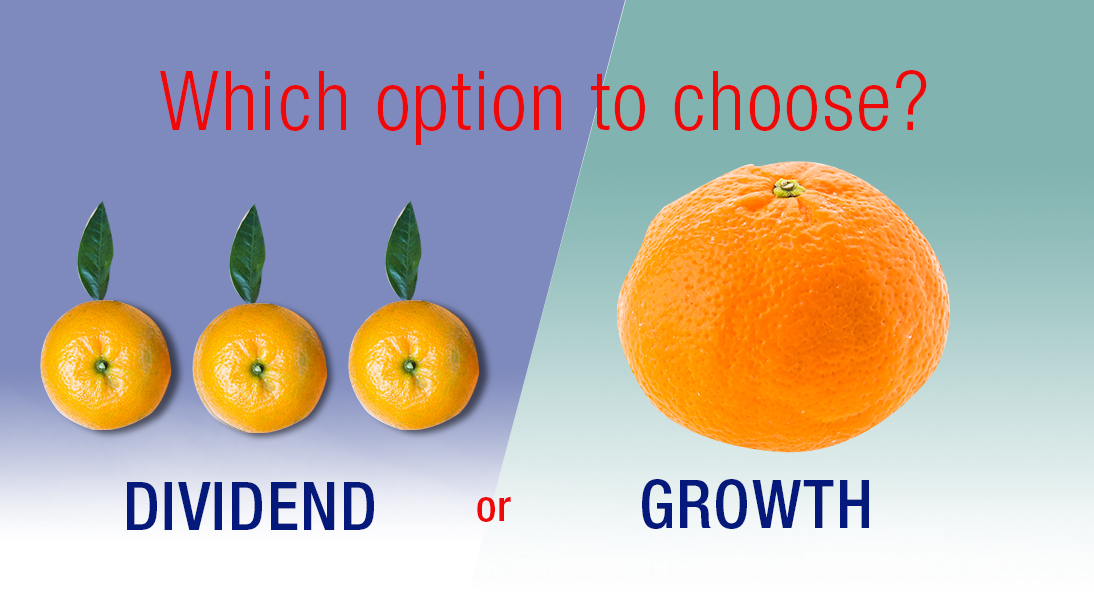Dividend or Growth Option of Mutual Funds: Which one to choose?
HDFC, Tester
Dividend or Growth Option of Mutual Funds: Which one to choose?
People invest in mutual funds for different reasons. That’s why the choice between dividend and growth options of mutual funds should be driven by what you want your investment to achieve. Let your financial goals guide your investment philosophy.
What is the difference between the growth and dividend options of mutual funds
In the dividend option, a mutual fund shares its profits with investors through regular pay outs. These pay outs are called dividends and are based on the performance of the mutual fund. When a mutual fund issues dividend, its net asset value is reduced to the extent of the payout (the NAV is calculated as the value of the mutual fund’s assets divided by the number of units issued).
In the growth option, a mutual fund reinvests the profits on behalf of its investors instead of paying out dividends to achieve long-term growth.
Some mutual funds also offer an option called dividend reinvestment. Here, the mutual fund declares a dividend and, instead of paying out in cash, allots additional units in the scheme to investors.
An important point to remember: The NAV of the dividend option of a scheme will be lower than its growth option. But you shouldn’t let that sway your decision because the NAV of a scheme is adjusted to the extent of a dividend payout. So, in effect, investors in a dividend option have cashed out their profits, while those in a growth option have reinvested it.
To sum up:
- In the dividend option, you get regular income based on the fund’s performance but your NAV does not grow
- In the dividend reinvestment option, you get additional units of your mutual fund scheme instead of cash. Your NAV does not grow
- In the growth option, you get neither regular income nor additional units, but your NAV grows according to the performance of the mutual fund.
So, how do you choose the right one?
Making the right choice
If you are looking for regular return and have a low appetite for risk (for example, a retiree), choose the dividend option
If you are looking for long-term capital appreciation, opt for the growth option, and allow the magic of compounding to work for you.
Related Posts
Don't miss another Article
Subscribe to our blog for free and get regular updates right into your inbox.
Categories
newsletter
 HSL Mobile App
HSL Mobile App 







